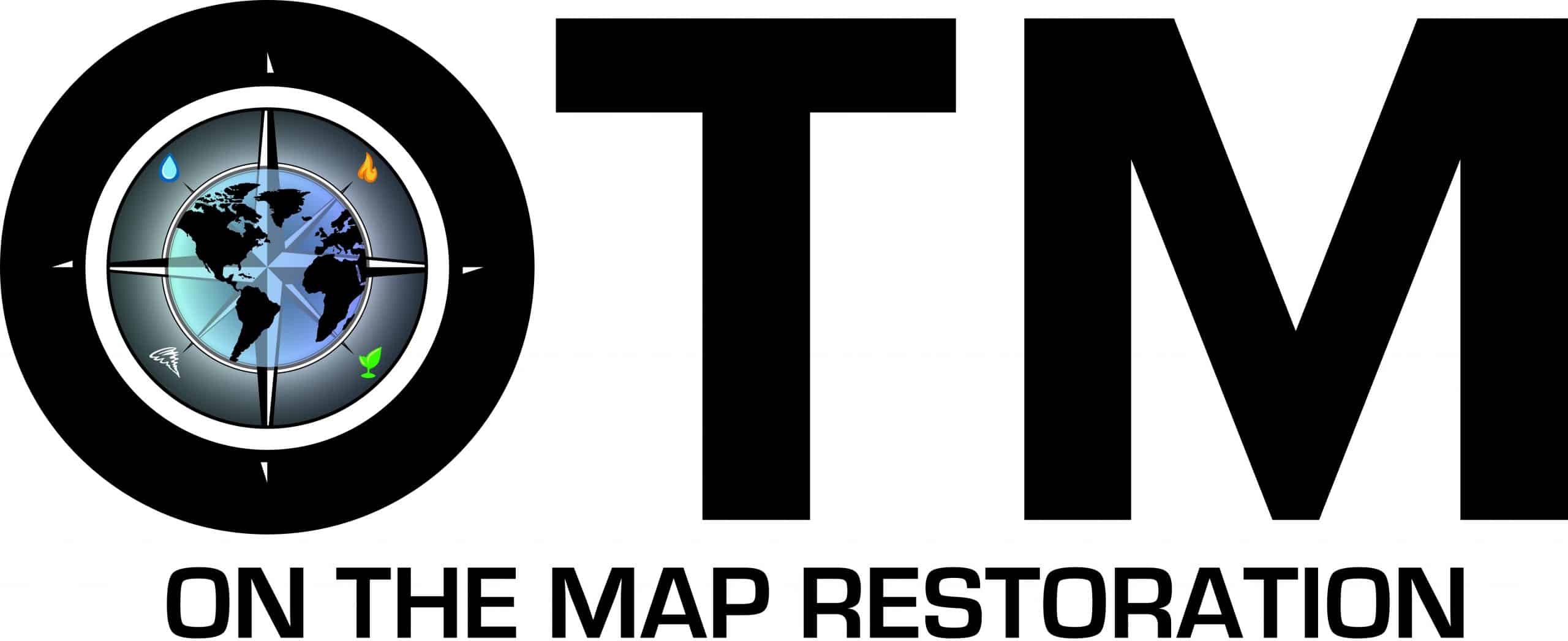Florida’s El Niño season brings unique challenges, often catching residents off guard with its erratic weather patterns. From sudden temperature changes to unexpected storms, preparing for El Niño in Florida requires knowledge, readiness, and a proactive approach. This article offers valuable tips to help you navigate this unpredictable season, ensuring safety and preparedness. Expect the unexpected!
Understanding The Impact of El Niño in Florida
El Niño is a significant climatic event, distinguished by warmer ocean surface temperatures in the Pacific every 2-7 years, lasting 9-12 months. This warming alters global weather patterns, often resulting in warmer and cooler winters in Florida.

El Niño’s influence on Florida’s weather is multifaceted:
- Increased Rainfall and Severe Weather: Central Florida can expect more rain and wet weather than usual. The subtropical jet stream becomes more active, acting as a conveyor belt for storms, leading to higher-than-average rainfall and severe weather conditions, including winds, thunder, lightning, and tornadoes.
- Rainfall Estimates: The region, usually receiving 8 to 10 inches of rain in winter, might increase to 10 to 13 inches, with some areas experiencing up to five inches above normal. The rain reduces wildfire risks but raises flooding concerns.
- Temperature Variability: The Climate Prediction Center indicates equal chances for average, above-average, or below-average temperatures. El Niño may bring occasional freezing temperatures and frost.
- Drought Conditions: The wetter conditions may alleviate drought in parts of Florida experiencing low rainfall.
Florida, especially Central Florida, faces unique challenges during this time, with the most substantial effects typically observed in winter. Understanding these effects is crucial for adequate preparation.
Expect the Unexpected: Preparation is Key
1. Weatherproofing Your Home: Strengthen your home against potential storms. Which should include checking roofs, windows, and doors for vulnerabilities.
2. Emergency Kit Essentials: Assemble an emergency kit with necessities like water, non-perishable food, first-aid supplies, and medications.
3. Stay Informed: Keep up-to-date with weather forecasts. Use reliable sources like the National Weather Service for accurate information.
4. Plan for Power Outages: Have backup plans for power outages, including alternative lighting sources and device power banks.
5. Understand Flood Risks: If you live in a flood-prone area, have an evacuation plan and consider flood insurance.
6. Community Resources: Know your local community’s resources and emergency plans, including shelters, medical facilities, and evacuation routes.
For more detailed information and resources, refer to the Fox 35 Orlando article on Florida’s winter weather outlook for 2023, which provides insights into what can be expected in Florida during this El Niño season.
Adapting to Temperature Fluctuations from El Niño
El Niño can cause significant temperature swings. Dress in layers and ensure your home’s heating and cooling systems work well.
Health and Safety Precautions
Pay close attention to public health advisories, especially water quality and mosquito-borne diseases, which can increase during wetter conditions.

Staying Updated: Expect the Unexpected
Regularly check updates from credible sources such as the National Oceanic and Atmospheric Administration (NOAA) and local news outlets.
Staying informed and prepared is crucial. Regularly check weather forecasts and prepare for severe weather. Ensure you weatherproof your home and that emergency kits are updated.
Conclusion
El Niño seasons in Florida demand attention and preparation. By understanding the potential impacts, taking proactive steps to prepare, and staying informed, you can navigate this season safely and effectively. Remember, the key is to expect the unexpected and be ready for anything this unique weather pattern brings.
OTM Restoration: Your El Niño Ally that Can Expect the Unexpected
As El Niño brings unpredictable weather to Florida, OTM Restoration stands ready to assist. Specializing in damage prevention and repair, OTM is a valuable resource for Florida residents facing El Niño-related challenges. From reinforcing structures against storms to providing rapid response to weather damage, OTM’s team is ready and able to handle the unique demands of this season. Contact OTM Restoration today to safeguard your property against El Niño’s unpredictable impacts and ensure peace of mind during these challenging months. Remember, preparation is vital, and OTM is here to help you every step of the way.

